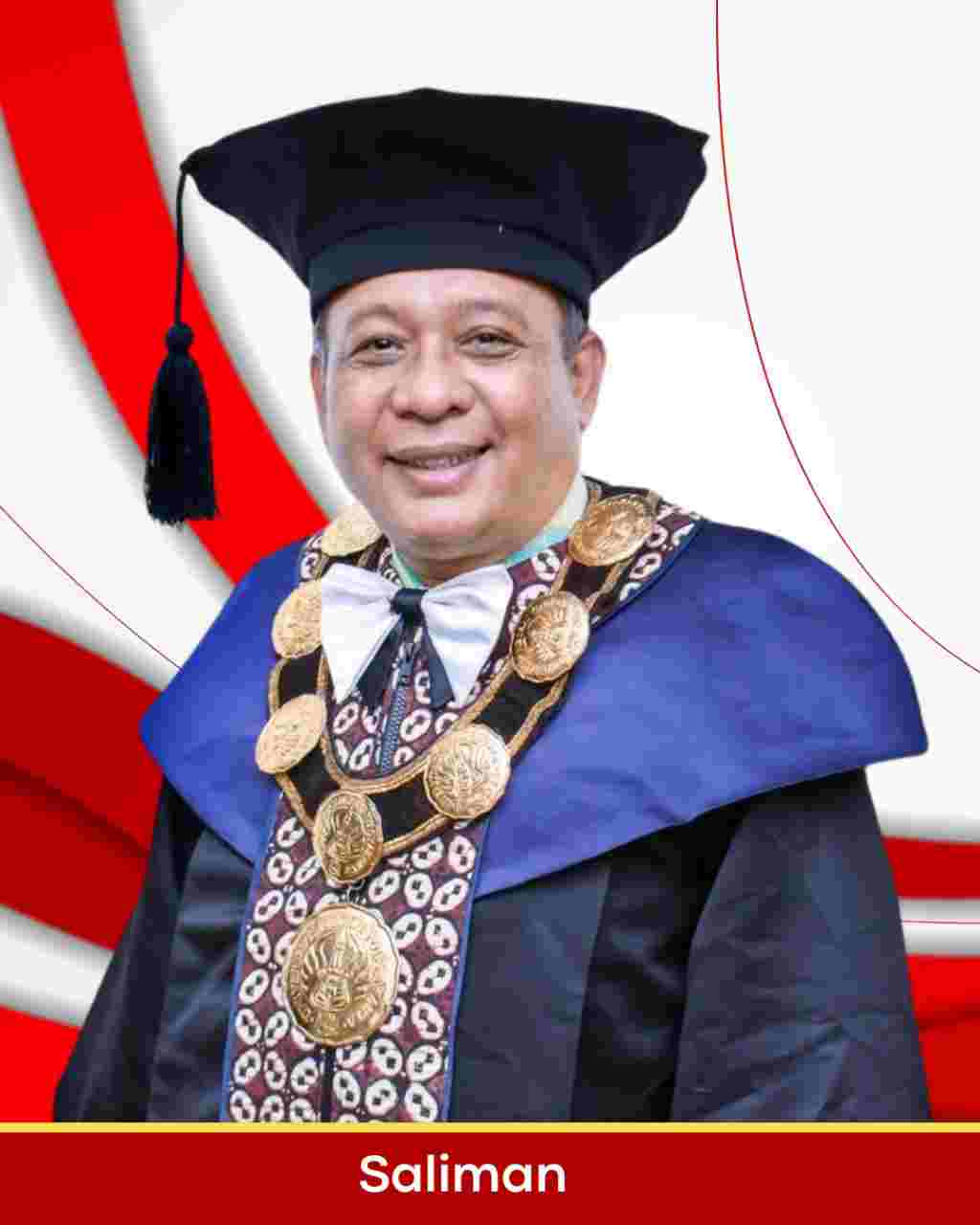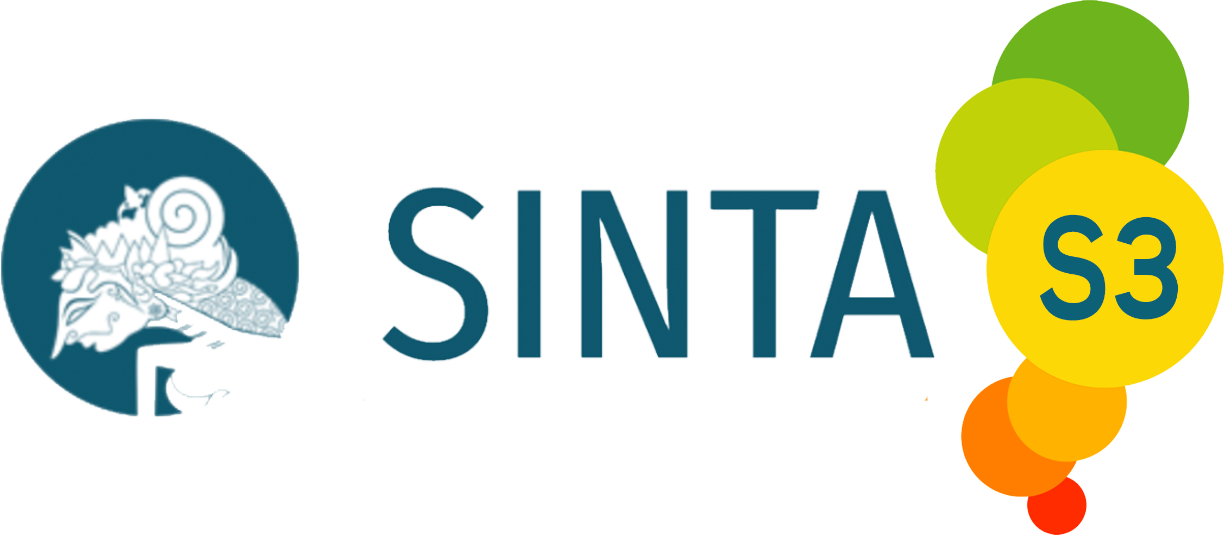Pengembangan multimedia interaktif berbasis adobe flash untuk pembelajaran IPS SMP
DOI:
https://doi.org/10.21831/jipsindo.v8i2.39543Keywords:
Media pembelajaran, Prestasi belajar, Bonces.Abstract
Penelitian bertujuan untuk 1) mengetahui pengembangan multimedia pembelajaran interaktif berbasis komputer, 2) mengetahui kelayakan multimedia pembelajaran, 3) mengetahui efektivitas multimedia pembelajaran dalam meningkatkan kualitas pembelajaran IPS. Penelitian ini termasuk jenis penelitian dan pengembangan atau dikenal dengan Research and Development (R&D). Instrumen pengumpulan data berupa lembar penilaian untuk ahli media dan ahli materi, serta lembar angket/kuesioner untuk guru dan siswa. Metode yang digunakan untuk menganalisis data adalah dengan teknik deskriptif kuantitatif yang diungkapkan dalam distribusi skor dan kategori skala penilaian. Hasil penelitian ini menunjukkan: 1) pengembangan multimedia pembelajaran interaktif melalui tahap persiapan, produksi, uji coba, dan revisi. 2) hasil akhir validasi ahli materi yakni 4,28 dengan kategori "Sangat Baik", 3) hasil akhir validasi ahli media yakni 4,00 dengan kategori "Baik", 4) hasil uji coba lapangan awal oleh guru dikategorikan "Sangat Baik" dengan skor 4,56, serta 5) hasil uji lapangan oleh 29 siswa dikategorikan "Sangat Baik" dengan skor 4, 22. Hasil ujicoba di SMP Negeri 1 Jetis Bantul menunjukkan bahwa multimedia pembelajaran interaktif mempunyai pengaruh positif terhadap peningkatan prestasi belajar peserta didik.
Development of interactive multimedia based on adobe flash for junior high school in subject social studies
Research aims to 1) know the development of computer-based interactive learning multimedia, 2) know the feasibility of multimedia learning, 3) know the effectiveness of multimedia learning to improve the quality of social sciences. This research includes a type of research and development otherwise known as Research and Development (R&D). Data collection instruments in the form of assessment sheets for media experts and material experts, as well as questionnaires for teachers and students. The results of this study show: 1) the development of interactive learning multimedia through the stages of preparation, production, trials, and revisions. 2) the final result of material expert validation is 4.28 with the category "Excellent", 3) the final result of media expert validation is 4.00 with the category "Good", 4) the results of the initial field trial by teachers are categorized as "Excellent" with a score of 4.56, and 5) field test results by 29 students are categorized as "Excellent" with a score of 4, 22. The results of the trial at SMP Negeri 1 Jetis Bantul showed that interactive learning multimedia has an influence on improving learning achievement.
References
Arief S. Sadiman. (1986). Media Pendidikan: Pengertian, Pengembangan, Dan Pemanfaatannya. Jakarta: Pustekkom Dikbud dan CV Rajawali.
Ariesto Hadi Sutopo. (2003). Multimedia Interakatif dengan Flash. Yogyakarta: Graha Ilmu.
Azhar Arsyad. (2011). Media Pembelajaran. Jakarta: Raja Grafindo Persada.
Cholisin & Djihad Hisyam. (2006). Reorientasi dan Pengembangan Ilmu Pengetahuan Sosial di Era Indonesia Baru. Yogyakarta: Efisiensi Press.
Daldjoni. (1981). Dasar-Dasar Ilmu Pengetahuan Sosial. Bandung: Penerbit Alumni.
Deni Darmawan. (2012). Inovasi Pendidikan: Pendekatan Praktik Teknologi Multimedia dan Pembelajaran Online. Bandung: Remaja Rosdakarya.
Eko Putro Widoyoko. (2010). Evaluasi Program Pembelajaran. Yogyakarta: Pustaka Pelajar.
Hamzah B. Uno & Nina Lamatenggo. (2010). Teknologi Komunikasi & Informasi Pembelajaran. Bumi Aksara
Downloads
Published
How to Cite
Issue
Section
License
Authors who publish with this journal agree to the following terms:
- Authors retain copyright and grant the journal right of first publication with the work simultaneously licensed under a Creative Commons Attribution License that allows others to share the work with an acknowledgement of the work's authorship and initial publication in this journal.
- Authors are able to enter into separate, additional contractual arrangements for the non-exclusive distribution of the journal's published version of the work (e.g., post it to an institutional repository or publish it in a book), with an acknowledgement of its initial publication in this journal.
- Authors are permitted and encouraged to post their work online (e.g., in institutional repositories or on their website) prior to and during the submission process, as it can lead to productive exchanges, as well as earlier and greater citation of published work (See The Effect of Open Access).

JIPSINDO (Jurnal Pendidikan Ilmu Pengetahuan Sosial Indonesia) is licensed under a Creative Commons Attribution-ShareAlike 4.0 International License.
Based on a work at https://journal.uny.ac.id/index.php/jipsindo.













